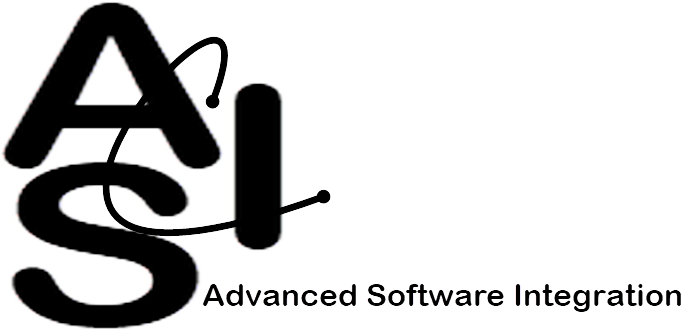
|
|
| Your Technology Partner |
|
Solutions &
Services
Vertical Focus
AccountingConstruction Consulting HR and Payroll Distribution Manufacturing Project Management
|
RPA Automation Services RPA
Automation vs Intelligent Automation? By embracing digitization, businesses can streamline their operations, reduce costs, and improve their overall efficiency. This can be achieved by automating manual processes, implementing advanced analytics, adopting artificial intelligence, and leveraging cloud computing.
Digital initiatives can also help organizations enhance their customer experience and drive innovation. By creating seamless and personalized experiences for customers, businesses can differentiate themselves from their competitors and build customer loyalty. Furthermore, digital tools can enable companies to gather valuable data on customer preferences and behavior, which can be used to develop new products or services.
In addition to improving internal processes and customer experience, digital transformation can also help organizations optimize their supply chain and improve their agility. By leveraging technologies like blockchain and IoT, businesses can track goods throughout the supply chain in real-time, identify bottlenecks or inefficiencies, and make data-driven decisions to optimize their operations.
Overall, investing in digital initiatives during an economic downturn can position organizations for success in the long term. By seizing the opportunity to embrace digitization and transform their processes, businesses can not only weather the economic uncertainties but also gain a competitive advantage that will help them thrive in the future. |
 |
|
Assess 1.
Review how your processes fit into the bigger picture |
Build Ideation: All successful Agile software development projects begin with an ideation stage. The Agile product owner (PO) works closely with stakeholders, the business team, developers, and future app users. Guided by the greater team, the PO pieces together a project vision by:Defining the purpose and goal of the new software Determining and documenting business and user requirements Prioritizing tasks and allocating resources Development: After ideation, teams can start building the first iteration of the software. The development phase includes all related production tasks in the SDLC, such as UX/UI design, architecting, and coding. Developing the first iteration of a software product is often the longest stage of the Agile application development lifecycle. Testing: Development went smoothly, and the team is happy with the app’s first iteration. Before release, the app has to go through a quality assurance check. The Agile team tests the app to ensure full functionality by: Checking that the code is clean Addressing bugs and errors Performing trial runs Deployment: Once the app is ready for release, the Agile team deploys it to the cloud or an on-premise server. Once deployed, the product is live and accessible to customers. Deployment tends to be the most celebratory moment in the SDLC: You did it! Pat yourself on the back now, but there’s one more stage to go. Stage 5: Operations After pushing the magic button, the work continues. Ongoing maintenance helps squash bugs and maintain functionality. As users engage with the app, there will be opportunities to collect feedback and make improvements to release in future iterations. |
Delivery What
is solution delivery methodology? |
  |